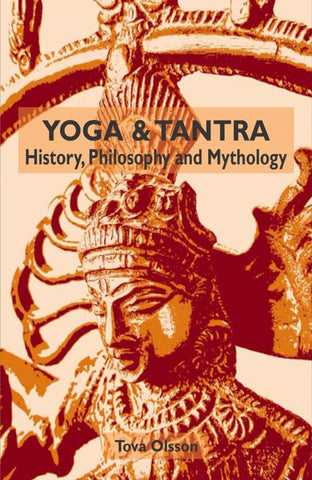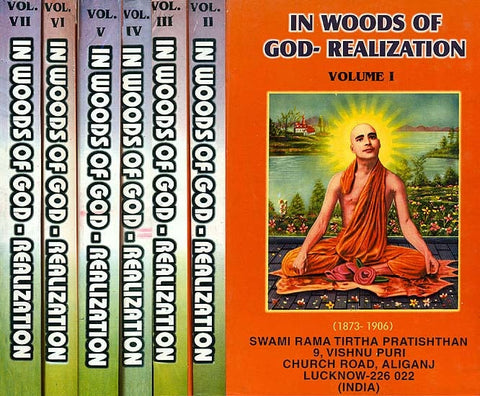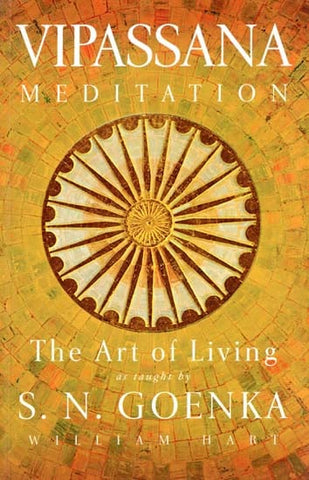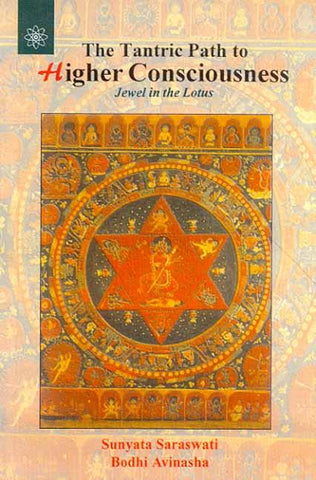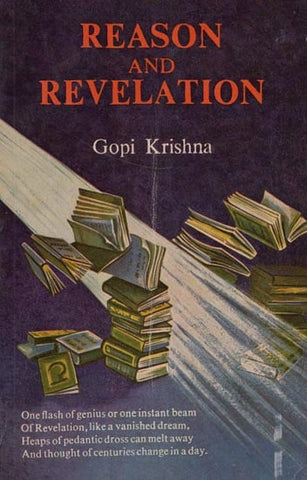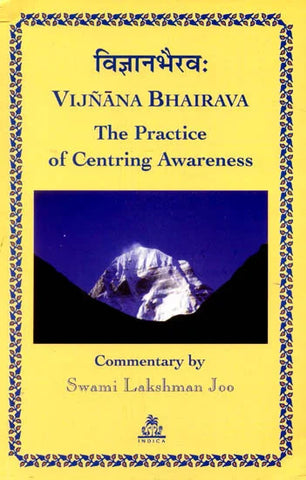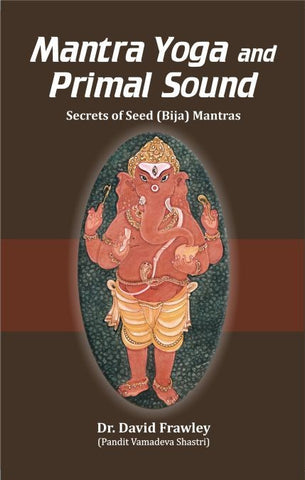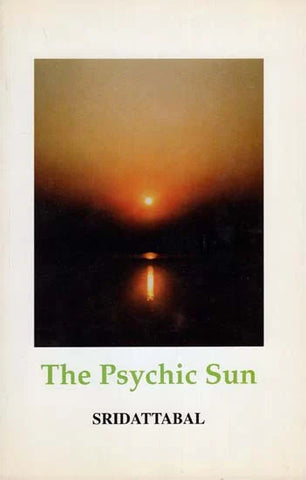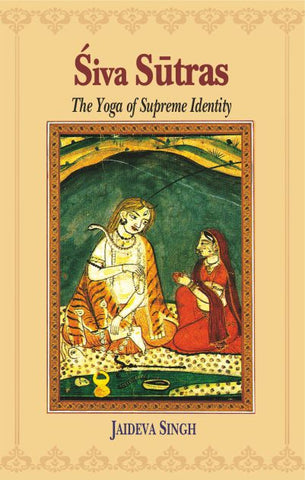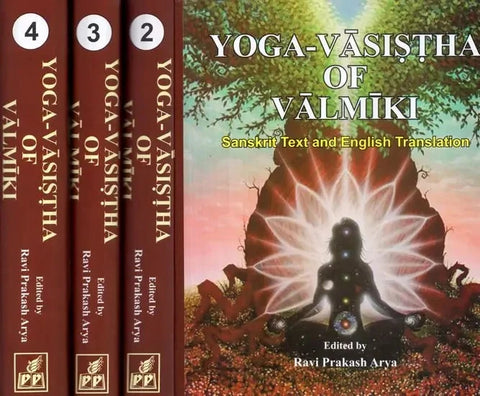Your cart is empty now.
The Yogasutra is one of the most important works of Indian culture. The present book is an attempt of interpreting the Yogasutras based on some special criteria adopted by the authors: (1) To use the traditional commentaries as auxiliaries, not as guides, with prudence and freedom, (2) To interpret those Sutras, in which Patanjali analyzes real phenomena, as what they actually are: descriptions of facts of experience. To such an end the authors have tried to have a clear idea of the phenomena to which Patanjali refers, and in this task, they have found extremely useful the descriptions of their mystical experiences by Yogis of India and Christian mystics. The book includes the Sanskrit text of the Sutras and an English translation by the authors.
About the Author(s)
Fernando Tola and Carmen Dragonetti have been Professors at the National Universities of San Marcos (Lima, Peru) and Buenos Aires (Argentina). They undertook investigation work of the National Council for Scientific Research (CONICET) of Argentina, in the area of Indian Philosophy. They were Vice-President and President respectively of the Institute of Buddhist Studies Foundation (FIEB) (Argentina); Directors of the Revista de Estudios Budistas (Journal of Buddhist Studies) REB, edited in Mexico; and Overseas Research fellows of The International Institute for Buddhist Studies (Tokyo).
Independently or in collaboration, they have published several books in Spanish on Indian Culture, especially on Indian Philosophy, such as Yoga and Mysticism of India, Philosophy and Literature of India, Mahayana Buddhism; several translations into Spanish of important Sanskrit and Pali texts, as Hymns of the Rig Veda, Hymns of the Atharva Veda, Upanisads, Bhagavadgita, Upadesasahasri, Gita Govinda, Amarusataka, Damodara Gupta, Dhammapada, Udana, Digha Nikaya, Sutta Nipata. In English they have published The Yogasutras of Patanjali, Nagarjunaês Refutation of Logic, Vaidalyapraparana, Being as Consciousness and On Voidness, A Study on Buddhist Nihilism.
The Philosophical Systems (darsana) of India
In India one comes across six darsanas or orthodox systems of philosophy: Vedanta or Uttara- Mimamsa, Purva Mimamsa, Samkhya, Yoga, Nyaya and Vaisesika. These systems recognize the Brahmanical or priestly tradition and are recognized by it.
Besides these orthodox systems, there are others, which are heterodox, such as the system of the carvakas, that of the Buddhists, etc. These systems do not recognize the Brahminical or priestly tradition and are rejected by it.
Each of the systems mentioned owns a basic text. There are commentaries and commentaries of commentaries or sub-commentaries for each of them. Generally, on account of its quality and ancientness, one of these commentaries succeeds in forming a unity with the text upon which it is commenting. It then acquires a great authority for the interpretation of that text.
The Yogasutras
The yoga sutras, the authorship of which is unanimously attributed by Indian tradition to Patanjali, constitute the basic text of the orthodox philosophical system of Yoga.
The Yogasutras are one of the most important works of Indian culture. This is so partly on account of their intrinsic worth as a masterly analysis of trance and as an equally masterly description of the method by which it is reached. Its importance derives also from its being the foundational text of Yoga, the system which plays a basic role in the culture of India. Indeed knowledge of this system is necessary to understand the highly varied expressions of Indian culture, including those which like Buddhism, reject the orthodox Brahminical tradition.
The Yogasutras do not give the impression of being a unitary text. Contradictions are found among different parts, and often the union of several sections seems contrived so that one may be inclined to think either that the Yogasutras are not an original work and are actually composed in their entirety of texts derived from a plurality of sources, texts juxtaposed and unified, in some way, by the compiler of the work, in the form in which we have them today, or that the original work was an object of more or less extensive interpolations, more or less in contradiction with the doctrine of the original. Unfortunately, it is impossible to express a firmly established opinion with regard to the form of the composition of the Yogasutras.
Patanjali
According to Indian tradition, Patanjali, the author of the great commentary of the grammatical aphorisms of Panini (4th century B.C.)who lived in the second century B.C., would also be the author of the Yogasutras.
But the more widely held view nowadays is that there are two Patanjalis- one the grammarian and the other the yogin, author of the Yogasutras- and that Patanjali the Yogin lived between 300 and 500 A.D.
Indian as well as Western scholars generally consider that Patanjali was not the creator of Yoga, which had existed well before him. Patanjali had only restricted himself to writing a systematic exposition of it. Moreover, it is also considered that Patanjali was not the first author who wrote about Yoga. Others did so before him. He used their works in the composition of his treatise. But, as it often happens, his text caused the others to be forgotten and became the classic and basic text of the system.
It behaves us to make a few remarks regarding the opinions referred to in the preceding paragraphs.
In view of the results obtained by philological criticism, it seems that it is not possible to conclude that the Yogasutras would have been written by Patanjali the Grammarian, as the Indian tradition would have it. But there exists a solid reason to think that the author of the Yogasutras, in conformity with Western criticism, was another author also called Patanjali. Although it is certainly possible that the Yogasutras would have been composed by a second Patanjali of the period between 300 and 500 A.D., and that subsequently the Indian tradition identified this second Patanjali with Patanjali the Grammanrian of the second century B.C., in an agreement with the opinions of the Western critics, likewise it is certainly equally possible that the Yogasutras would have been composed by an author whose name is not known and they would have later been attributed, by Indian tradition, to Patanjali the Grammarian. There would be nothing strange in this view as in India the works of forgotten or second-rate authors are not infrequently attributed to authors of the first rank.
On the other hand, if the Yogasutras are held to be works of compilation, then Patanjali (or the unknown author) would not be the author. He would only be the compiler of the Yogasutras. And if we accept that the Yogasutras contain many interpolations, then Patanjali (or the unknown author) would be the author of the central nucleus, to the exclusion of the interpolation or, it could be the opposite: Patanjali would be the author of the interpolations, with the corresponding central nucleus attributed to another equally anonymous author.
Nevertheless, without the prejudice of the fare going and in the absence of elements of a judgment which can help elucidate with absolute certainly the questions raised in the preceding paragraphs, we shall continue to abide by the established practice and continue to call Patanjali the author of the Yogasutras and we shall consider him as the author of the entire text.
The contents of the Yogasutras
The Yogasutras comprise four books with the following titles: 1. Of Samadhi (concentration of mind); 2. Of Sadhana (method); 3. Of the Siddhis (Magic powers); and 4. Of Kaivalya (isolation of the spirit). They consist of a totality of 195 sutras, or brief aphorisms.
The elements go into the constitutions of the Yogasutras:
1. An experiential element made up of (a) the method which produces the Samadhi, by means of which the complete and absolute cittavrtti-nirodha (cessation of thought process)will in its turn be attained, and (b) the process which occurs in the mind while this cessation is being produced.
2. A supernatural element made up of the siddhis acquired by the yogin in the course of his practices, but which do not constitute his ultimate goal.
3. A speculative element constituted by the Samkhya doctrine, the philosophical foundation of the yoga of Patanjali and which comes through in many of the aphorisms of the Yogasutras. The Restraint of the Mental Process and the Method by which it is attained.
The total and absolute restraint of mental functions constitutes the yogic trances. With this restraint the mind empties itself of all contents, it becomes still in a complete quietude. The senses than do not receive the message coming from the external world, the faculties stop functioning, and the conceptualizing activity comes to a halt.
The main aspects of the yogic method which produces the cessation of the mental functions or the trance are the following. At the outset the yogin must of necessity submit himself to an ascetic discipline (tapas) which weakens or annihilates his natural impulses; he must free himself from all attachment and destroy in himself all desire, all craving for and interest in things (vairagya). Besides this, the yogin shall practice breath control (pranayama). With the exercise of breath control he determines the number of inhaling and exhaling, their duration as well as the duration of holding air in the lungs, the volume of air inhaled. All this is done for the purpose of reducing the function of breathing to the minimum possible. The reduction of air received by the organism will necessarily affect reduction of air received by the organism will necessarily affect the brain and will result in the reduction of mental activity, both in volume and intensity and also in the diminishing of the vital manifestations to the minimum (circulation of blood, sensibility etc.) leading the yogin into a cataleptic comatose state, close to extinction. It is a state which has been compared to the hibernation of certain animals. This enables the yogins to remain buried for many hours with a reduced volume of air.
Finally, the yogin will concentrate his mind on a determined entity. For example, he will fix his sight and his attention on a luminous point. The mental function or process made up of this intensified perception will eliminate little by little all the other processes. The more intense the concentration, the greater the restraint of the mental functions. When the concentration has reached its highest stage. Then the yogin enters what is called the trance. We believe that the yogic trances, as any other mystical trance, is a sui generis phenomenon, although similar and related in many of its aspects to hypnotism, catalepsy, and hysteria.
| Introduction | ix | |
| Synopsis of the Book on Samadhi or Concentration of Mind | xxiii | |
| The Yoga Aphorism of Patanjali (I. 1-51) | 1 | |
| References | 188 | |
| Index of Sanskrit Terms | 198 |
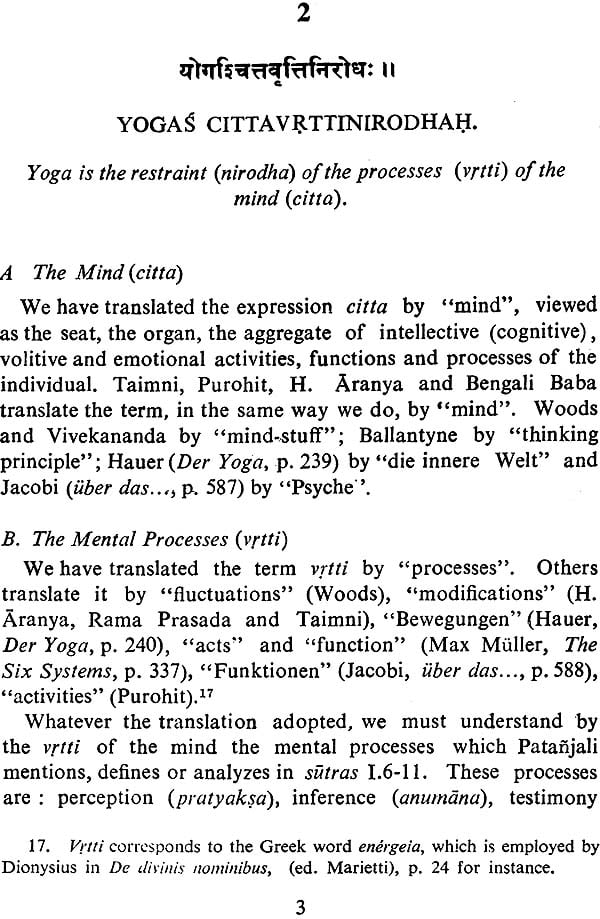

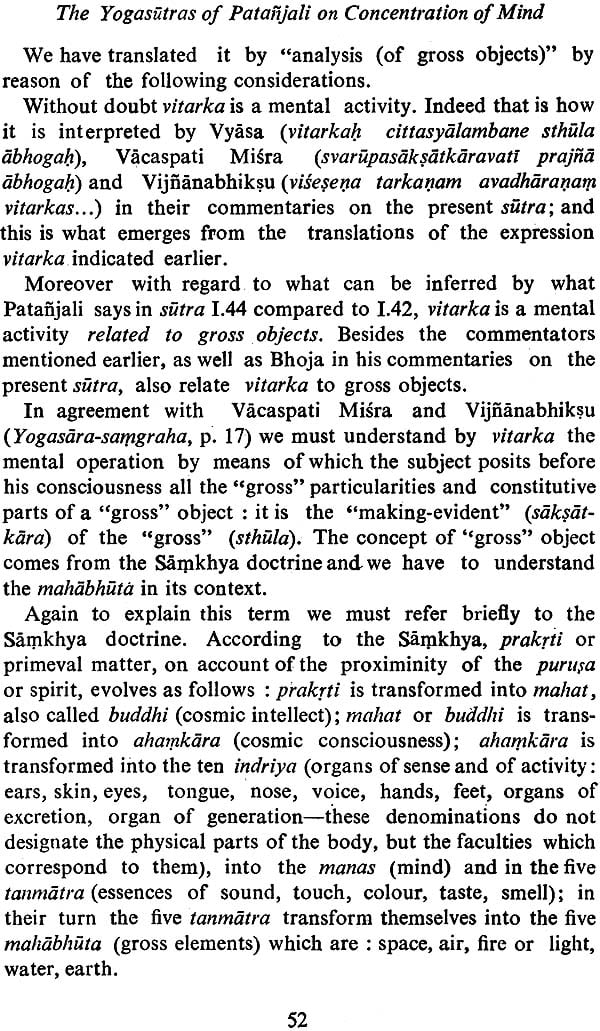


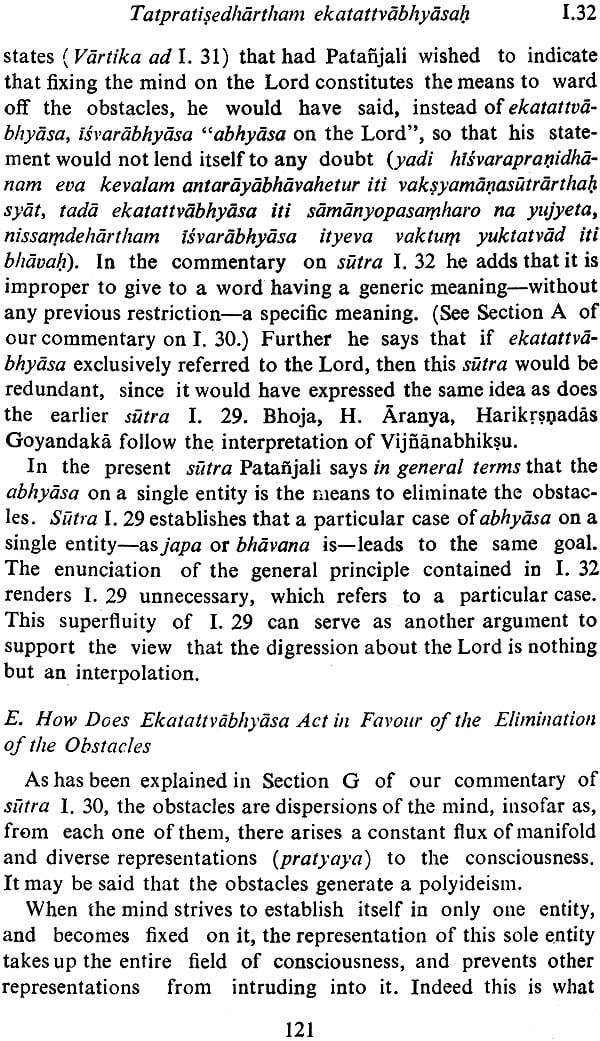


Delivery and Shipping Policy
- INTERNATIONAL SHIPPING
- Rs.1000-1100/kg
- ESTD. Delivery Time: 2-3 weeks (depending on location)
- Bubble Wrapped with Extra Padding
- NATIONAL SHIPPING
- NCR: Rs. 30/half kg
- Standard: Rs. 80/half kg
- Express shipments also available on Request
- ESTD. Delivery Time: Ranging from 1-4 days up to 7 business days (Depending on your choice of Delivery)
- TRACKING
- All orders; national or international, will be provided with a Tracking ID to check the status of their respective orders
- Depending on the Shipping Service, Tracking ID may be used on their respective tracking portals
Frequently Asked Questions (FAQs)
Domestic Shipping: 3-4 Days (after shipping)
International Shipping: 1-2 weeks (based on your location)
You will receive an email once your order has been shipped or you can email us if you didn't receive tracking details (info@mlbd.co.in)
Every book that we sell is the latest edition except all the rare books
Yes, we do provide free shipping, only on domestic orders (within India) above Rs.1500


